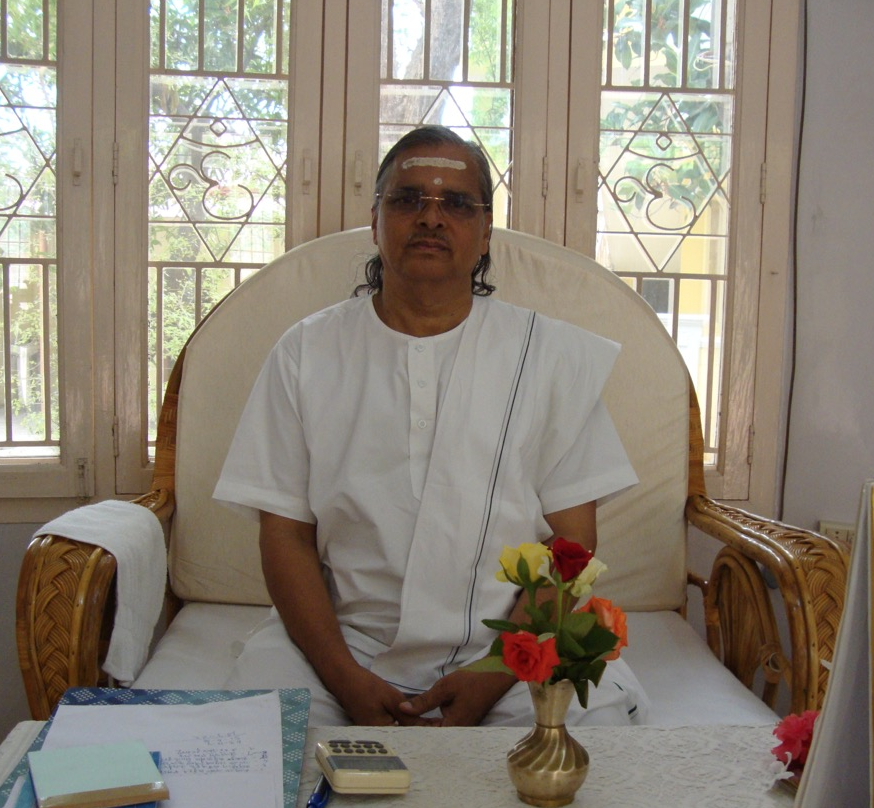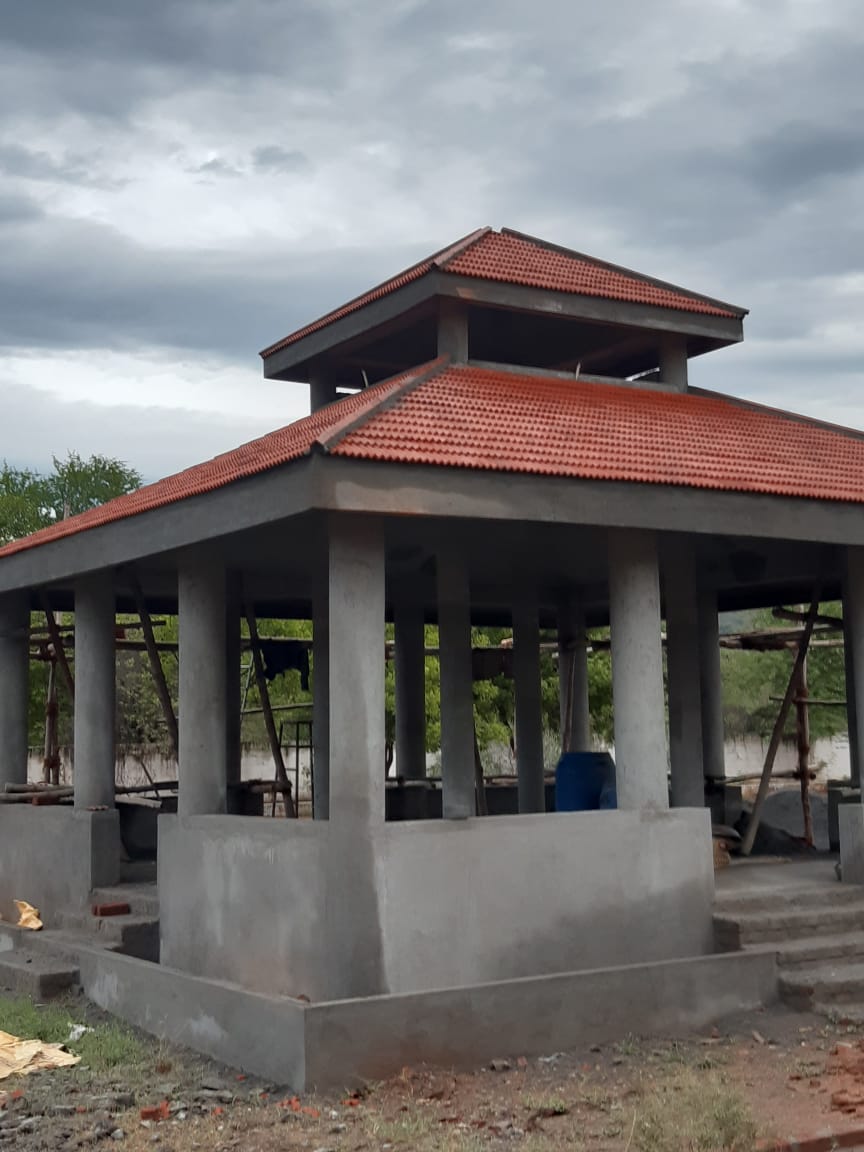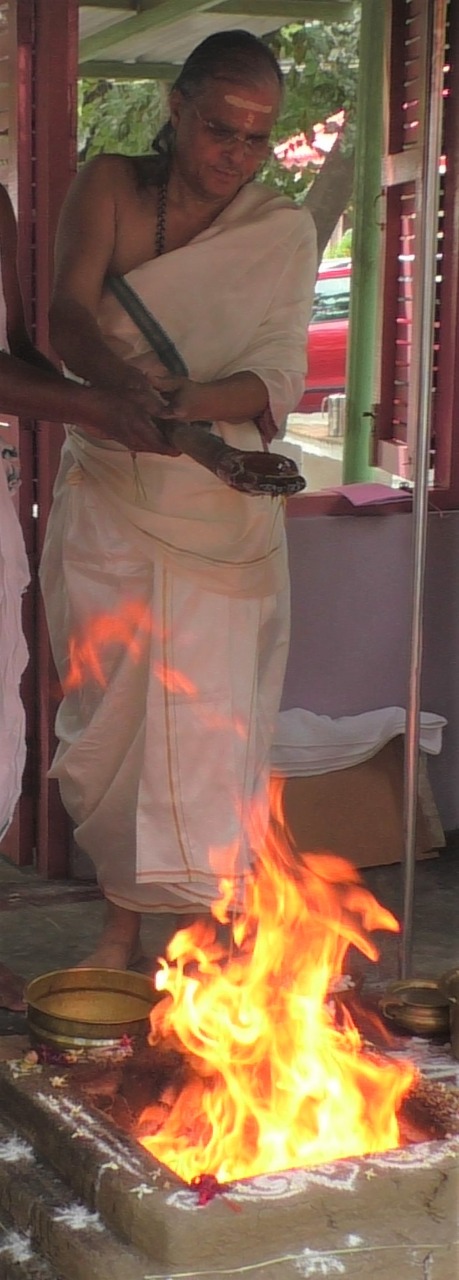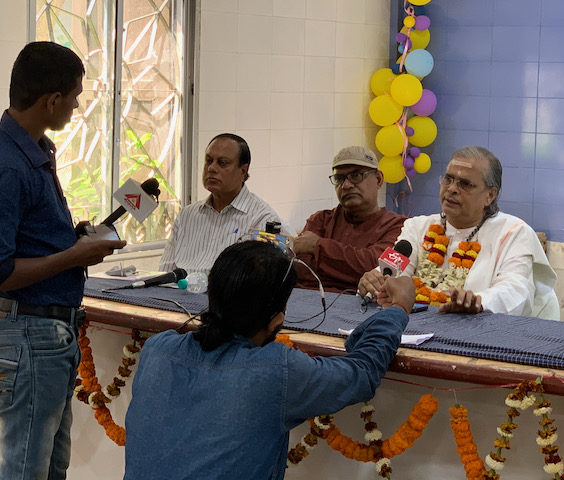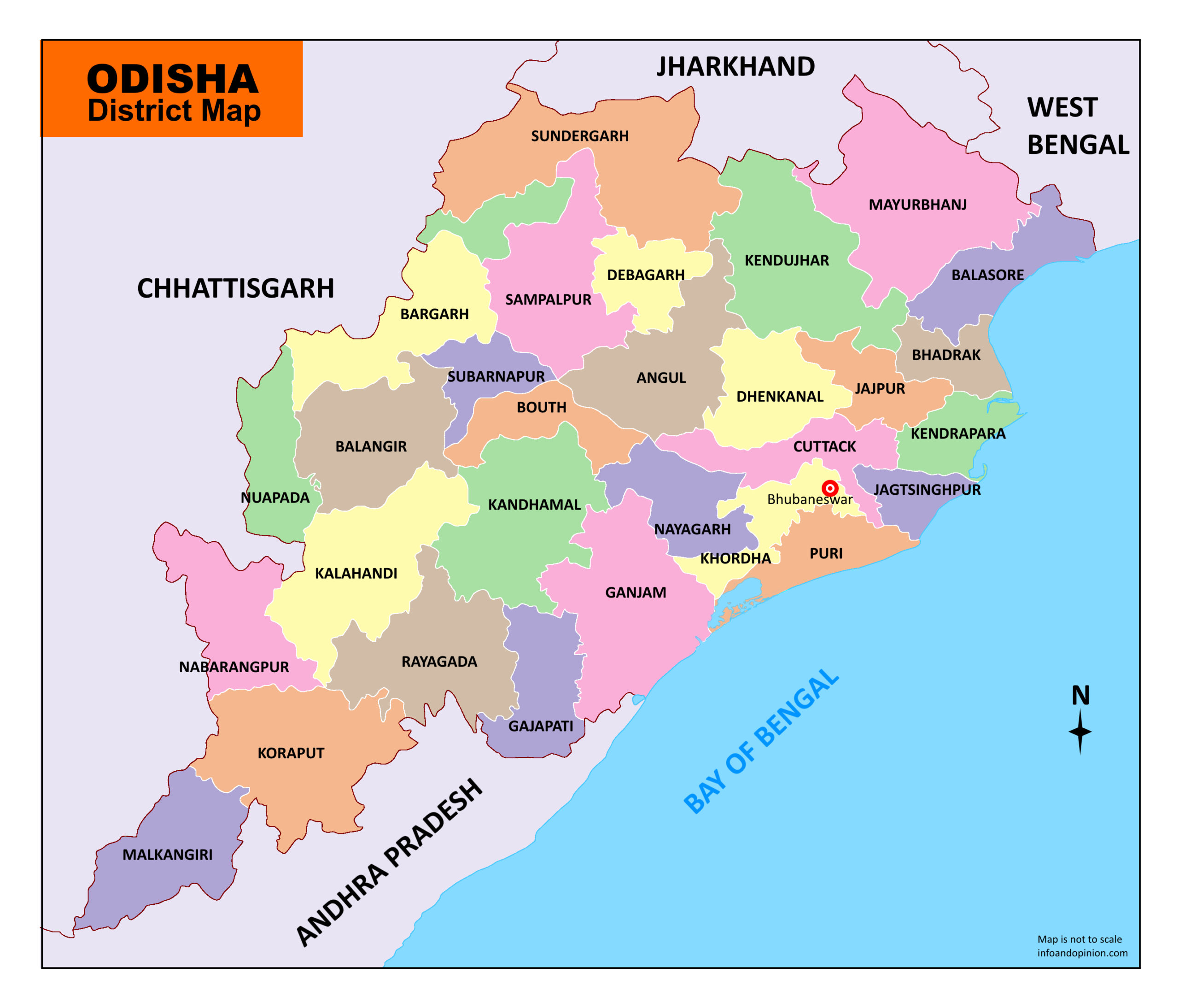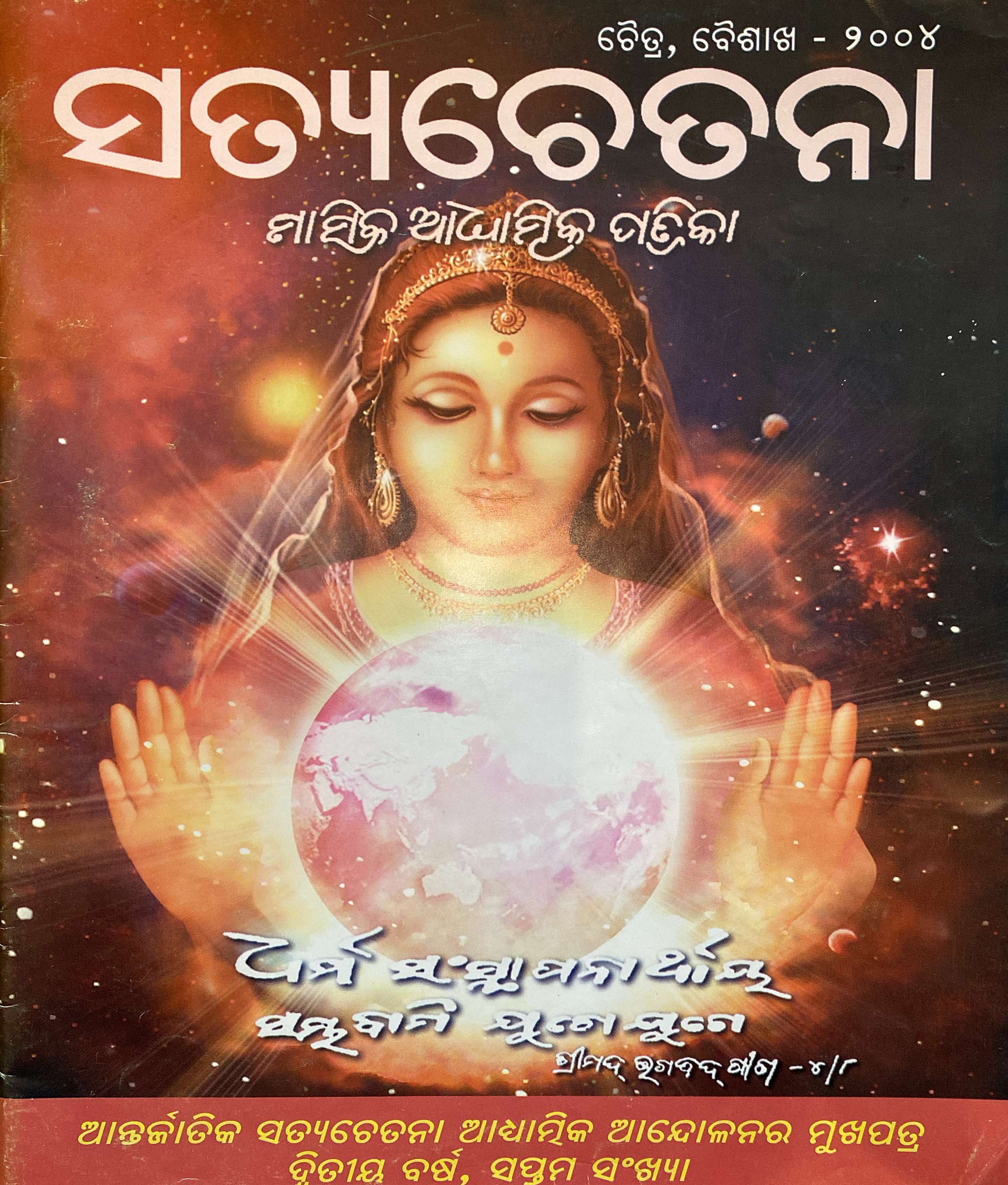
Omm Namo Bhagavate
[Swamiji’s translation of his article that appeared in the Satyachetana Odia Journal in February 2010.]
The Concept of Jitaatman
To know the true meaning of any terminology in yoga we should approach someone who has reached the culmination of all yogic experience. Only such a person can explain the true meaning of the concept. A mere scriptural reading, or listening to an intellectual discourse on yoga will make us learned beings, and one will struggle all through the life to have yogic realization but it may not be possible. This is the reason I am always explaining from an experiential angle the concepts of Gita.
What is jitaatman? Jitaatman is a state of attainment when a striving yogi has conquered his lower nature. Lower nature means the surface mind, the surface vital, the gross senses, and that part of the intellect which is linked with the gross material world. Lord Krishna has given the definition of a jitaatman yogi when he said in the sixth chapter, ‘Arjuna the Self can be the friend of the self; it can also be its enemy. A yogi should conquer the self by the help of the Self, not bind it by the self.’ Here he was referring to the lower self, which means the mind, body and senses. Jitaatman is one who has conquered the self through perseverance, personal effort and intense aspiration for striving in the path of yoga.
The concept of jitaatman is explained in the sixth chapter of Gita, the sixth step in the yoga of Gita. Let us see at what stage of attainment is the yogi at this point. First, the yogi has attained the capacity to be independent of doership. He has attained the strength to withstand the pressure of attraction to the result, and also he is capable to free himself from the process. For such a yogi every action is yajña. Such a yogi only is called a jitaatman because he is capable to restrain his mind from desire and he is capable to command the senses to withdraw from the objects of enjoyment at will.
Until and unless this state has been attained the yogi cannot convert karma to yajña and is not able to burn all previous sanskara, so unless the sanskara is burned how can sannyasa be attained, and without attaining karma sannyasa how can the yogi feel the bliss of the being and enjoy the tranquility in the realm of becoming? This is the state when the yogi experiences the state of dhyana without consciously doing meditation. The meditation at this stage is not an effort, it is a natural process. Through this the yogi frequently enters into the being and is able to transcend the senses, the vital and the prompting of the intellect to be in the world of maya, and enters into the tranquility of the being at will. Such a yogi is established in the state of the being and can be called a jitaatman.
When such a jitaatman yogi is able to remain in the state of the being as long as he feels, at that stage he attains yoga siddhi. Lord Krishna explained the state of such a yogi in verse 240:
jitätmanah prashäntasya paramätmä samähitahshïtoshna sukhaduhkheshu tathämänä pamänayoh.‘A jitaatman is able to withstand the pressure of heat and cold, happiness and sorrow, fame and defamation, and remains unperturbed.’ It’s possible because the tranquility that a jitaatman yogi experiences inside is so profound that the mind and this vital perturbation are too small for him to be perturbed.
Heat and cold is physical sensation; happiness and sorrow is mental sensation; fame and defamation is vital perturbation. These are all elemental in origin. As long as the yogi is under the clutches of the lower nature he is bound to be identified with this elemental movement but when he is able to transcend, that is, to go beyond, the lower elemental forces, he will be able to witness but not be involved. He is able to recognize but not be identified with these outer signals. Body, mind and vital are making movement. The yogi is able to see this, know it, recognize it, but he refuses to be identified with this. This is the jitaatman yogi.
At this stage the yogi is not one with God although feeling that he is a portion of Divine. He knows what it is; sometimes he feels the totality, the infinity, but is not able to remain there or is not able to prolong it, or is not able to withdraw from it always. He succeeds sometimes but fails many a time, and even in his failure he recognizes the cause and is able to see the consequence and feels the key to infinite bliss is within, not outside. Such a yogi slowly conquers the elemental forces of earth, water, fire, air and ether, and ascends to higher and higher states of tranquility. The yogi who is capable to transcend this inner churning, this vital perturbation, is truly a jitaatman yogi.
Let me make one point very clear: for a jitaatman yogi, prakriti never changes. Prakriti goes in its own way; she does not change as per the whim of the yogi, but the yogi, because of his transcendence of the elemental forces, remains independent to the signals coming from the lower prakriti. This is the reason sound, touch, sight, taste and smell cannot create a tsunami of gross experiential pull in his infinite ocean of chit. Through all these ripples and waves the yogi is always able to feel and experience the inner silence and the tranquility of the being. In the outer material life there may be profit or loss, difficulty or incentive; the yogi never loses that harmony and the bliss of the being. Such a yogi is linked with atmajñana, that is Self-knowledge, and always is merged in atmananda, that is Self-delight. Senses are under him. The consciousness of such a yogi is always linked with the Supreme Being, either through a form or through the formless force called jñana.
If there is a necessity, a handful of clay is more important than a ton of gold for such a yogi, and if there is no necessity, a mountain of wealth is less significant than a handful of clay. To this the Lord has pointed in Gita saying, sama-loshtäshma känchanah: ‘For a yogi, gold and clay are of equal importance.’ The inner meaning of this verse is not that the jitaatman yogi is not able to recognize the difference between clay and gold. Rather, he does not feel any more or less attachment to any particular object until it has a necessity in his sadhana. Such a yogi has reached the highest state in the relative plane of matter and is about to pierce the veil of prakriti to be linked with the supreme state of infinite bliss.
I have seen at least a dozen godly beings, those who have freed themselves from the pull of these material forces. For such a yogi, a sinner and a saint, a friend and a stranger, kith and kin and an enemy, all are equal. This is the state I constantly feel within me. Just for the sake of functional necessity I respond to someone as if he or she is more dear to me than others. How this feeling of near and dear, kith and kin, friend and enemy, comes to us? Who created this dual consciousness? From my experience I have come to realize that this duality is caused due to the intellect. As long as the intellect is linked to the world of maya, the world of gross matter—matter/anti-matter, form and reflection of the form, body and shadow—as long as this type of dual consciousness is within us, our intellect will direct us to this duality and our vital will compel us to choose any one from the duality, but when the human consciousness transcends this layer of duality and becomes one with the infinite state of unity, the reflection is not found on the mental screen and the yogi is able to see and feel and know the original unity.
Depending on prakriti’s necessity and compulsion, the reflection of this one soul is projected in different screens as per the need of time and the constraints of the forms. This state is the beginning of the state of nirvikalpa. This is my experience. This is my realization. To reach this state Lord Krishna has said in the Gita, ekabuddhir vishishyate, one-pointed intellect.
May God bless you.
Swami Sri Atmananda

